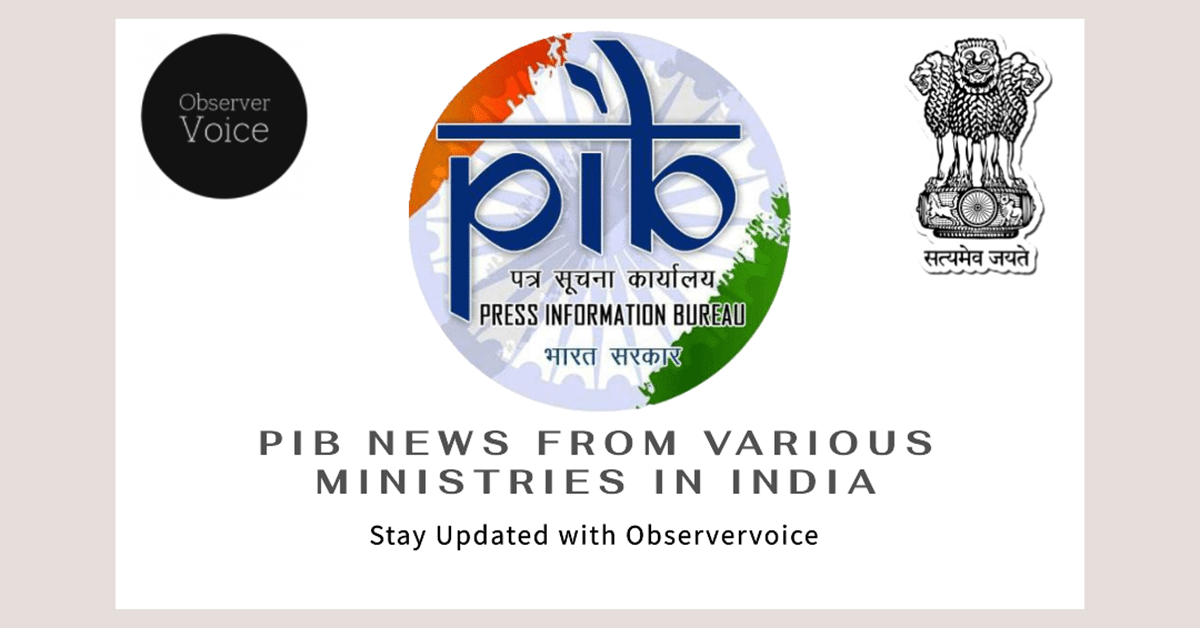Enhancing Access to Justice in India

The Indian judiciary is undergoing significant reforms aimed at improving access to justice for all citizens. Recent initiatives by the government focus on expanding judicial infrastructure, increasing the number of judges, and leveraging technology to streamline legal processes. These efforts are crucial in addressing the backlog of cases and ensuring timely justice delivery.
Establishment of High Court Benches
High Court Benches are established based on recommendations from the Jaswant Singh Commission and a Supreme Court judgment. The process requires a comprehensive proposal from the State Government, which must include the necessary funding and infrastructure. Additionally, the Chief Justice of the relevant High Court must consent to the proposal, along with the Governor of the state. Currently, there are no pending proposals for new High Court Benches. This careful approach ensures that the establishment of these benches is well-planned and adequately supported.
The need for High Court Benches arises from the growing demand for judicial services. As populations increase and legal complexities grow, the judiciary must adapt to meet these challenges. The establishment of new benches can help alleviate the burden on existing courts, allowing for more efficient case management and quicker resolutions. This is particularly important in regions where access to the High Court is limited, as it can significantly improve the legal landscape for citizens in those areas.
Increase in Judicial Strength
Since May 2014, the sanctioned strength of judges in the Supreme Court has increased from 31 to 34. Similarly, the number of judges in High Courts has risen from 906 to 1,122. The District and Subordinate judiciary has also seen an increase, with the number of judges growing from 19,518 to 25,725 by November 2024. This expansion is a vital step toward enhancing access to justice across the country.
The increase in judicial strength aims to reduce the backlog of cases and ensure that justice is delivered in a timely manner. With more judges available, courts can handle a greater volume of cases, leading to faster resolutions. This is particularly important in a country like India, where millions of cases are pending in various courts. By increasing the number of judges, the government is taking proactive measures to address this issue and improve the overall efficiency of the judicial system.
Initiatives for Legal Aid and Infrastructure Development
The government has launched various initiatives to enhance legal aid and improve judicial infrastructure. The National Mission for Justice Delivery and Legal Reforms focuses on reducing case backlogs and improving the efficiency of the judicial system. This mission adopts a coordinated approach, implementing strategic initiatives to enhance court infrastructure and leverage technology.
Under the Centrally Sponsored Scheme for Judicial Infrastructure Development, funds are allocated to states and Union Territories for constructing court halls, residential quarters for judicial officers, and facilities for lawyers. This investment in infrastructure is essential for creating an environment conducive to effective justice delivery. Additionally, the e-Courts Mission Mode Project has introduced Information and Communication Technology (ICT) to District and Subordinate Courts, enabling better case management and communication.
The introduction of virtual courts and eSewa Kendras has made legal services more accessible to citizens. These initiatives aim to bridge the digital divide and provide citizen-centric services, ensuring that even those in remote areas can access legal assistance.
Promoting Alternative Dispute Resolution and Pro Bono Services
To further enhance access to justice, the government has promoted Alternative Dispute Resolution (ADR) methods. The Commercial Courts Act was amended to make Pre-institution Mediation and Settlement (PIMS) mandatory for commercial disputes. This approach encourages parties to resolve their issues amicably, reducing the burden on courts and expediting the resolution process.
Additionally, the Tele-Law program launched in 2017 connects disadvantaged individuals seeking legal advice with panel lawyers through video conferencing and other digital platforms. This initiative has proven invaluable for those in rural areas who may not have easy access to legal services.
The government has also made efforts to institutionalize a pro bono culture among advocates. Through platforms like Nyaya Bandhu, lawyers can volunteer their services for free, helping those in need. Pro Bono Clubs in law schools further promote this culture, encouraging future lawyers to engage in community service.
Observer Voice is the one stop site for National, International news, Sports, Editor’s Choice, Art/culture contents, Quotes and much more. We also cover historical contents. Historical contents includes World History, Indian History, and what happened today. The website also covers Entertainment across the India and World.
Follow Us on Twitter, Instagram, Facebook, & LinkedIn

